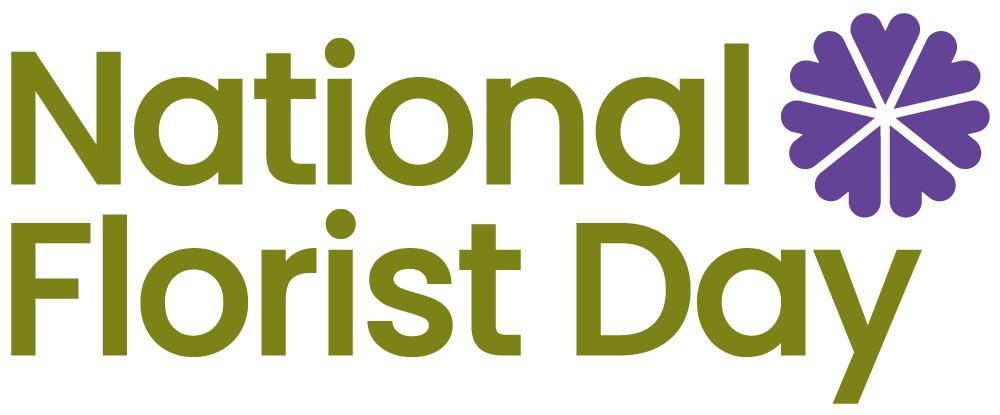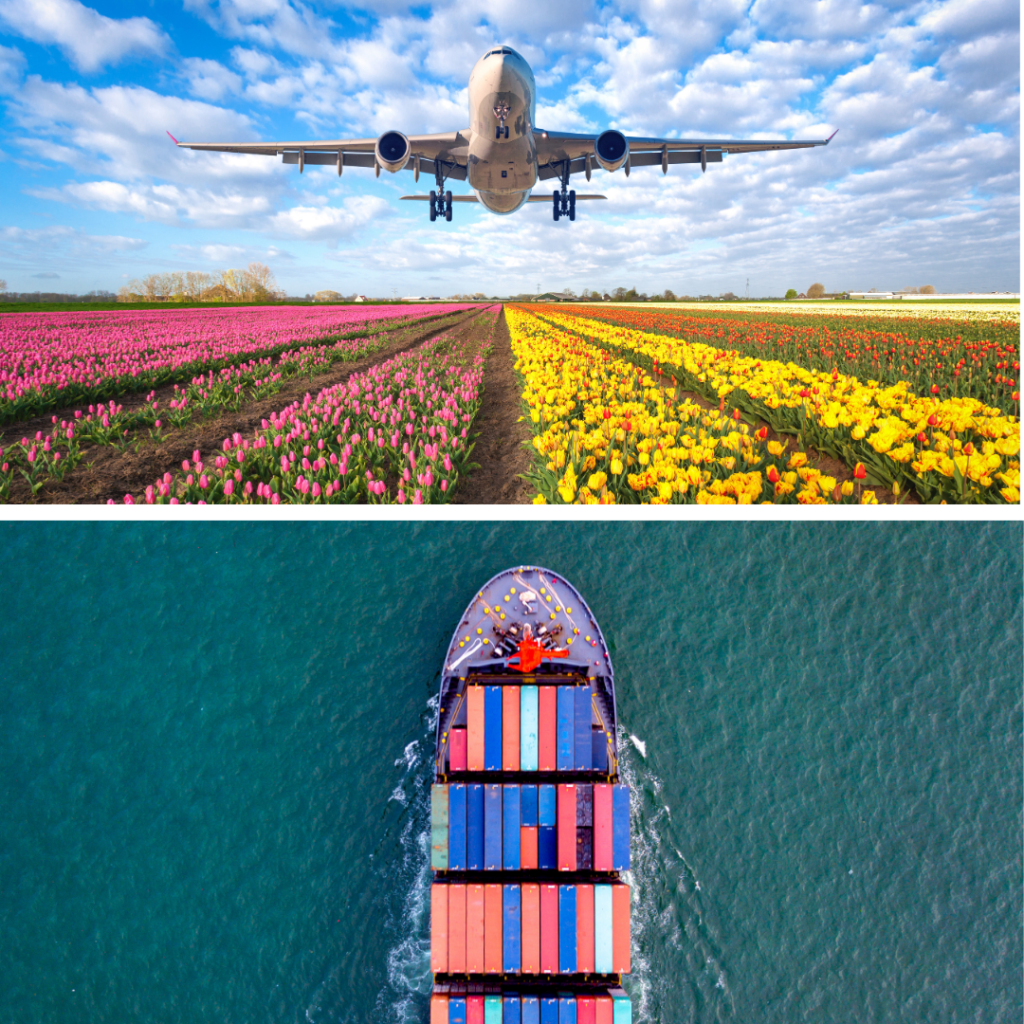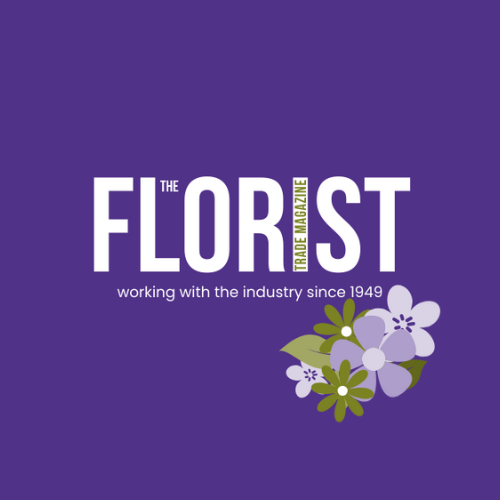Airmiles are often used as a negative but in truth it’s not as clear cut as saying something flew 5,000 miles and therefore is instantly bad.
That’s particularly true of flowers simply because usually they are belly fillers. They’re transported in planes that are carrying passengers rather than on their own. That only happens at the peak occasions and even then, it is kept to a minimum because it costs a fortune!
Which means that, when you do the hugely complicated calculation of how many air miles are actually being used, not only do you have to think about multi-purpose flights but look at the huge investment and research that’s gone into creating better packaging and loading, switching to LED lighting and geothermal energy, developing more direct routing … the list goes on and on.
Then, because the whole calculation must consider Planet, People and Profit, you have to take into account the human benefit of buying a product from abroad because you’ve enabled a family to earn a living and put food on the table.
In short it isn’t as simple as it might appear.
And when it comes to sea container shipping it all gets even better. Cruise liners are a no-no but sea freight is one of the best methods of transportation for flowers.
Growers like Capiro in Colombia have led the way, flower life specialists Chrysal have invested heavily in developing routes out of Kenya, and Dutch Flower Group – the world’s biggest flower company – have made a conscious decision to develop this method of transport.
Because having spent over 20 years developing the process, the industry has, like apples which sit on the seas for weeks, perfected a way to ‘hold’ flowers so quality isn’t affected, and which now makes sea transport a far more feasible option.
It can’t work for every variety, some are just too sensitive, but it’s another way the flower industry is doing its bit whilst keeping the wheels, or should that be propellors, of industry moving.




